Breathing Problems: Using a Dry Powder Inhaler
When it comes to quality of life for asthma patients (and those who suffer from various other lung-related diseases), inhalers can make a world of difference.
Struggling to breathe, or feeling consistently short of breath, can be scary, frustrating, and isolating for an individual. It can prevent someone from participating in the activities she loves; it can mean missing important family events, making everyday tasks difficult to complete.
Inhalers act to open up airways and, by doing so, open up possibilities for asthma patients to get back to their normal lives. The simple act of using an inhaler, which can be done in seconds, could change the whole course of your day.
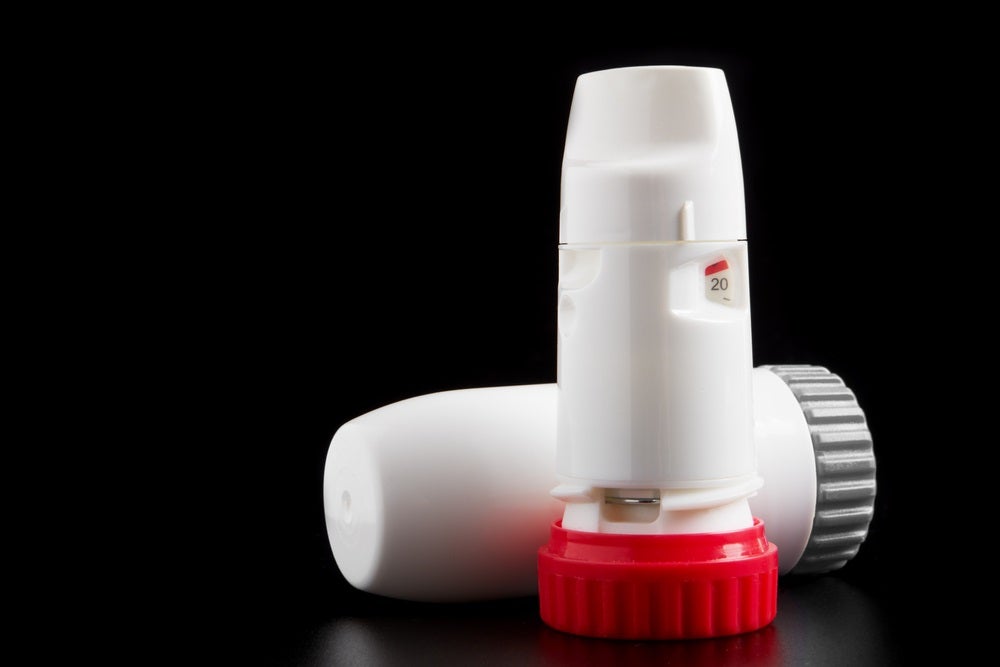
While some people are reluctant to use an inhaler, it is easy enough for anyone to master, and it is a safe and effective way to help with breathing.
Whereas most people are familiar with a traditional metered inhaler—the type that creates a mist of medication—there is also an option to use dry powder inhalers when you need help with breathing.
We will walk you through everything you need to know about inhalers and how to use them effectively.
INHALERS: METERED VERSUS DRY POWDER
A metered dose inhaler releases an aerosol spray into the mouth once activated by the individual; this quick motion occurs as you hold the inhaler with your thumb at the bottom and use your forefinger to press it down at the top. Depending on the instructions given by your physician, you may use one or two sprays at a time.
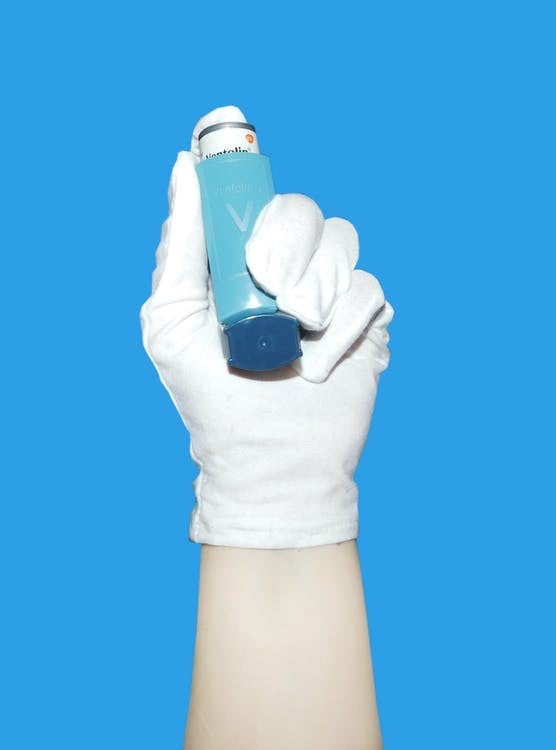
A dry powder inhaler device allows you to pull the medicine (this time in powder form, rather than liquid) into your lungs simply by breathing in through the mouthpiece.
There are several reasons why you may prefer a dry powder inhaler, and you should talk to your physician about which type of medication and dispenser is best for you. The advantages many patients reports when using dry powder inhalers are:
- They require less physical coordination
- They provide a fuller inhale and better dose of medicine without the “freon effect”
- They have an easy way to confirm you have received a full dose.
- They are portable and environmentally friendly.
Next, we will take a look at what these advantages will mean for you if you switch to a dry powder inhaler.
LITTLE TO NO COORDINATION NEEDED: DRY POWDER INHALERS ARE SIMPLE TO USE
One of the most overwhelming aspects of the traditional metered dose inhaler, especially for younger patients, is simply the coordination required to use them.
First-timers are often so nervous about getting the inhaler to work they may inadvertently inhale or exhale at the wrong time, remove the inhaler from their mouths too quickly (or too later), or just generally struggle to squeeze the device correctly to receive the much-needed medicine and achieve the correct flow rate.
For someone who is already short of breath, this added pressure can be difficult and overwhelming. And for parents trying to help younger children with inhalers, the process can be terribly frustrating for everyone involved.
In the case of dry powder inhalers, all the patient needs to do is put their mouth around the mouthpiece and breathe in, at which point the powder will essentially be “vacuumed” into their lungs by their own breathing action. This tends to be a much easier process than using a metered dose inhaler.
GETTING MORE MEDICINE WHEN YOU NEED IT MOST: NO FREEZE OUTS
One of the most significant advantages of using a dry powder inhaler is the fact that you will likely receive more of the intended medication than you would when using a metered dose inhaler.
The aerosol spray that hits the back of your throat with a traditional inhaler has a cooling effect; it can be abrupt and startling, causing users to effectively “abort mission” before inhaling all of the medicine.
Rather than slowly and calmly inhaling and receiving the full dosage, the user may have this jarring sensation from the cool blast of air. A dry powder inhaler avoids the “freon effect” altogether, which means the user does not experience an interrupted breath.
The medical terminology used to describe how much of the medicine your lungs truly receive is the pulmonary deposition rate. Dry powder inhalers consistently yield a higher pulmonary deposition rate, which is another good reason to consider one.
A CLEAR PICTURE OF THE DOSE
Metered dose inhalers are a bit of a guessing game: you can do your best to use the device according to your physician’s instructions, but you do not know exactly how much spray came out of the device and into your mouth (and ultimately into your lungs).
Dry powder inhalers have a handy way to understand whether you have received a full dose, which stems from a built-in spinning technology. The capsule spins as you inhale, and once you have inhaled all of the powder stored in that capsule, you will see it is clear.
There is not a guessing game involved when it comes to determining if you have taken all of the medicine, and this can also be especially helpful for parents to view to check behind younger patients.
EASY TO USE ON THE GO AND EASY ON THE ENVIRONMENT
Portability is an important feature of dry powder inhalers, and many patients prefer them as they are often even smaller than metered dose inhalers. They are easy to use on the go, which is also important for asthma sufferers who may need access to an inhaler at various times of the day and during various activities.
Keeping a dry powder inhaler accessible when exercising may be important for those whose asthma is triggered by physical activity.
Additionally, an advantage of a dry powder inhaler is the fact that they do not require the use of propellants like other inhaled medication which can harm the environment. Unfortunately, metered dose inhalers use propellants, which are believed to damage the earth’s ozone layer.
A dry powder inhaler device is both propellant-free and preservative-free. For asthma sufferers who long for easier breathing and strive to use only environmentally friendly goods, products, and services, a dry powder inhaler is a great drug delivery option for inhaled medicine.
A Turbuhaler, for example, is one of the most common powder inhaler types used in New Zealand. It has not propellant or carrier particles added to the medicine.
A Turbuhaler is used in both children and adolescents over twelve years old for asthma and chronic obstructive pulomonary disease (COPD) in adults who are eighteen and over.
INSTRUCTIONS FOR USING A DRY POWDER INHALER
Now that you know more about the many advantages of dry powder inhalation, we will walk you through the simple steps to using this inhaler device to achieve peak inspiratory flow rate.
Step 1
Confirm that you are using the correct medication by double and even triple-checking the bottle before placing a capsule in the dry powder inhaler. Many asthma and allergy sufferers are prescribed multiple medications to combat their symptoms, so mixups can occur easily.
Step 2
Once you have the right medication in hand, load the dosage as prescribed by your physician. Never use anything other than the exact dose prescribed, and always speak to your physician before changing a dose.
Step 3
With your head tilted slightly backward, exhale completely. During this exhale, hold the device away from you as you do not want to disturb the medication.
Step 4
Bring the dry powder inhaler to your mouth and then place your lips firmly around the mouthpiece.
Step 5
With your lips around the mouthpiece, inhale firmly. Allow yourself 2 or 3 seconds to inhale fully, which will ensure you have pulled the dry powder into your lungs.
Step 6
After you have fully inhaled the powder, pull the mouthpiece from your lips quickly and close them, holding your breath for an additional ten seconds.
The entire process can be repeated for asthma patients whose physicians prescribe two doses.
MORE TIPS ON DRY POWDER INHALERS
When using a dry powder inhaler, the most important thing to remember is to follow your physician’s specific instructions. Never place a medication in a dry powder inhaler that was not prescribed specifically for that type of device, and always reach out to your healthcare provider if you have questions or concerns.

- Try using the device in front of a mirror for the first time, as it may help to ensure you are using it correctly.
- Keep your dry powder in a cool, dry place. The bathroom should be avoided as humidity can cause the dry medicine to clump.
- Ask your doctor or pharmacist how often you should clean your specific dry powder inhaler, and avoid sharing it with other household members (even if they also have asthma).
- Spacers, frequently used with metered dose inhalers, should never be used with dry powder inhalers.
- Do not discontinue other medications your doctor has prescribed just because you are using a dry powder inhaler; ask them first.
- When seeking treatment for other health concerns unrelated to asthma, be sure to tell those providers you are using a dry powder inhaler and tell them what medications you use and your doctor’s prescribed dosage.
Average Lung AirPhysio
ENJOY BETTER BREATHING - Use this 100% Drug Free Device - AIRPHYSIO
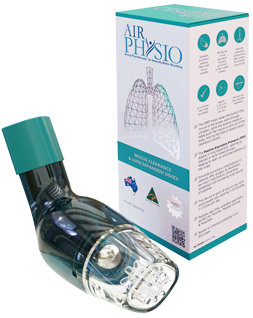
Recent Posts
Sports AirPhysio
IMPROVE YOUR SPORTING PERFORMANCE - Use this 100% Drug Free Device - AIRPHYSIO
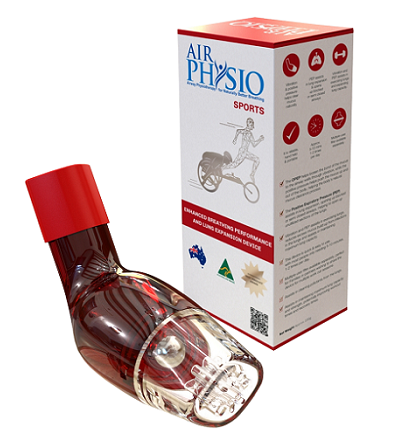
AirPhysio Child
BETTER BREATHING FOR YOUR CHILD - Use this 100% Drug Free Device - AIRPHYSIO
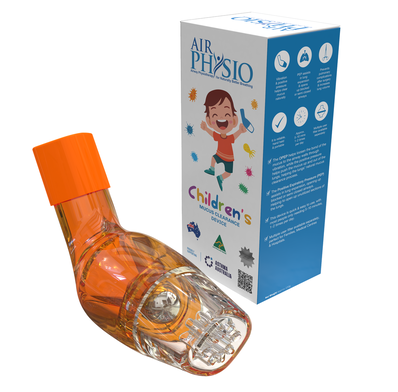
Categories
- asthma (2)
- atelectasis (2)
- bronchiectasis (2)
- copd (3)
- cystic-fibrosis (45)
- featured (10)
- uncategorized (2)


